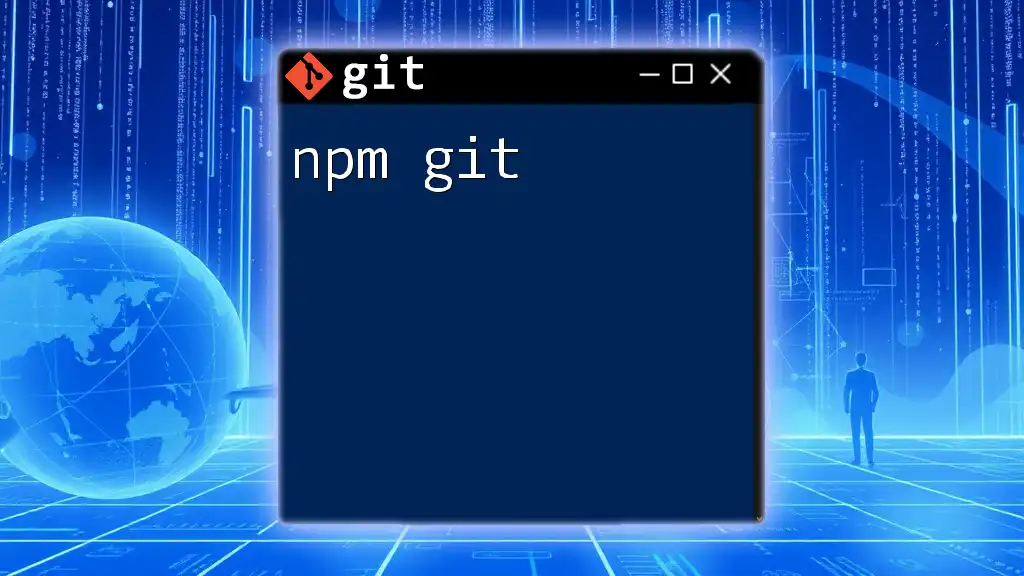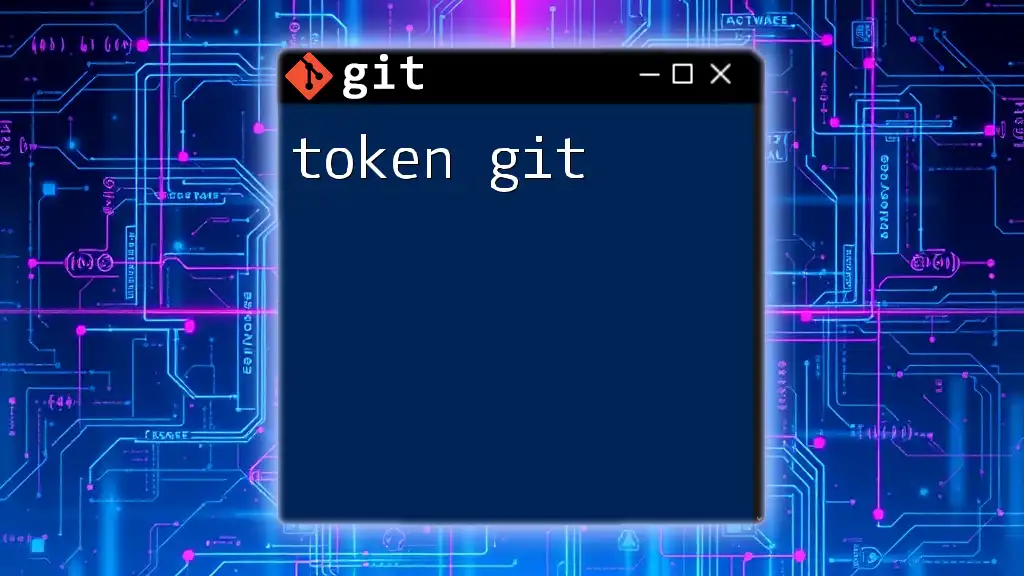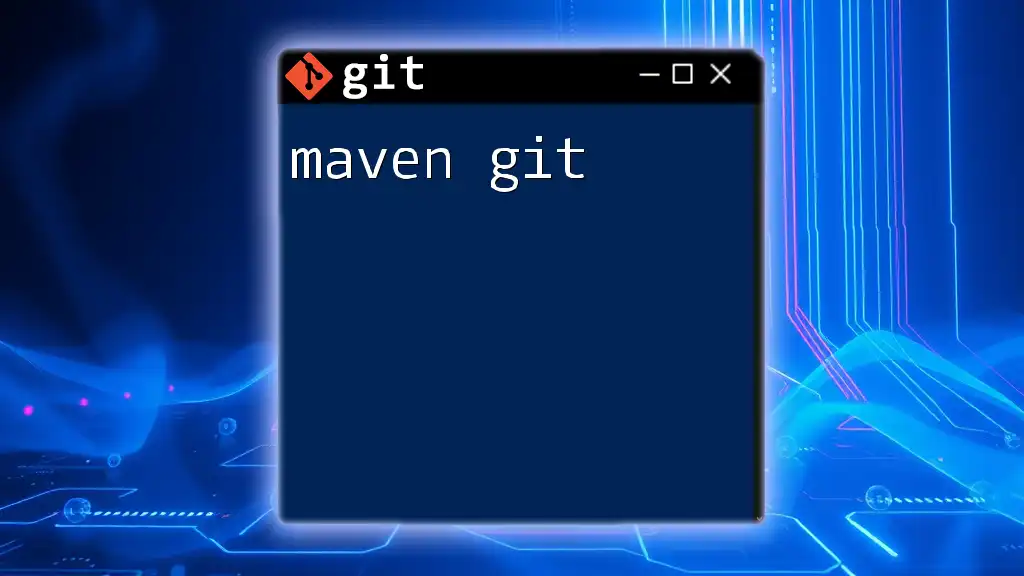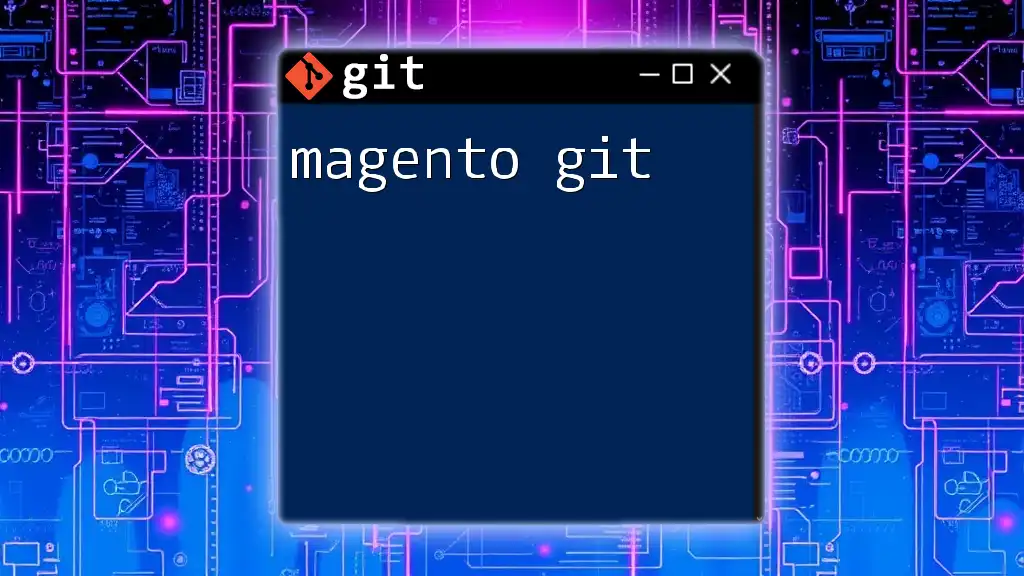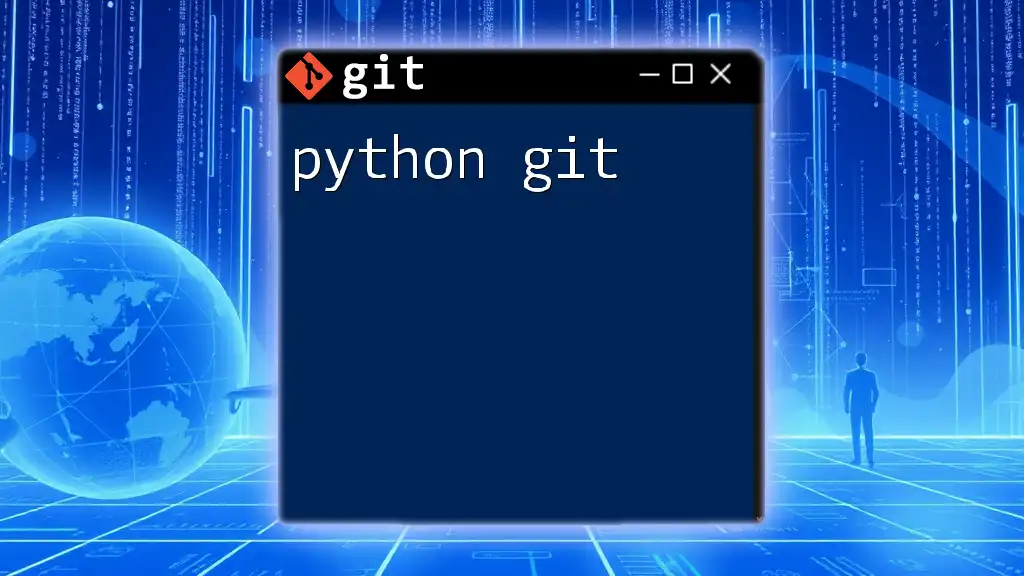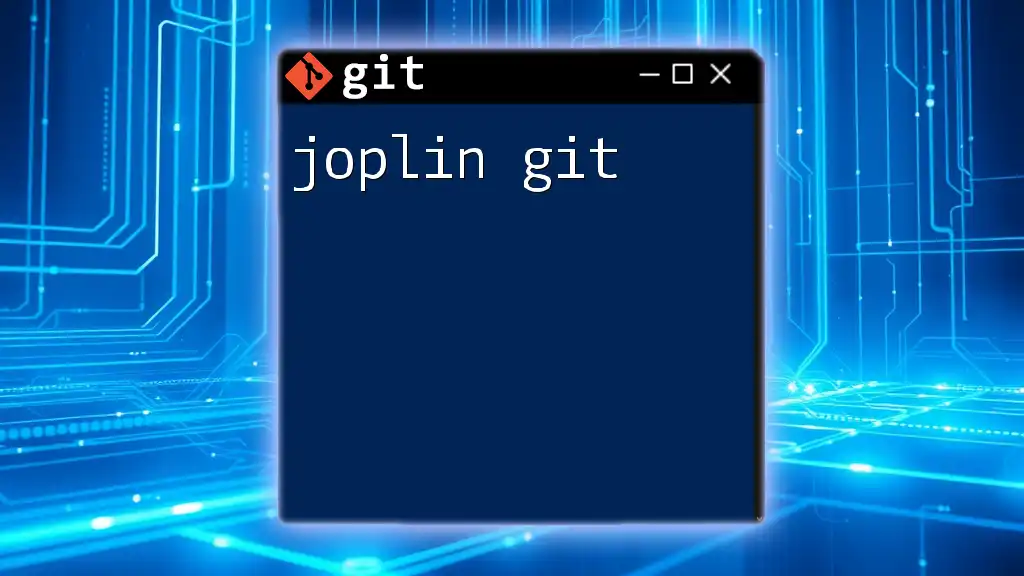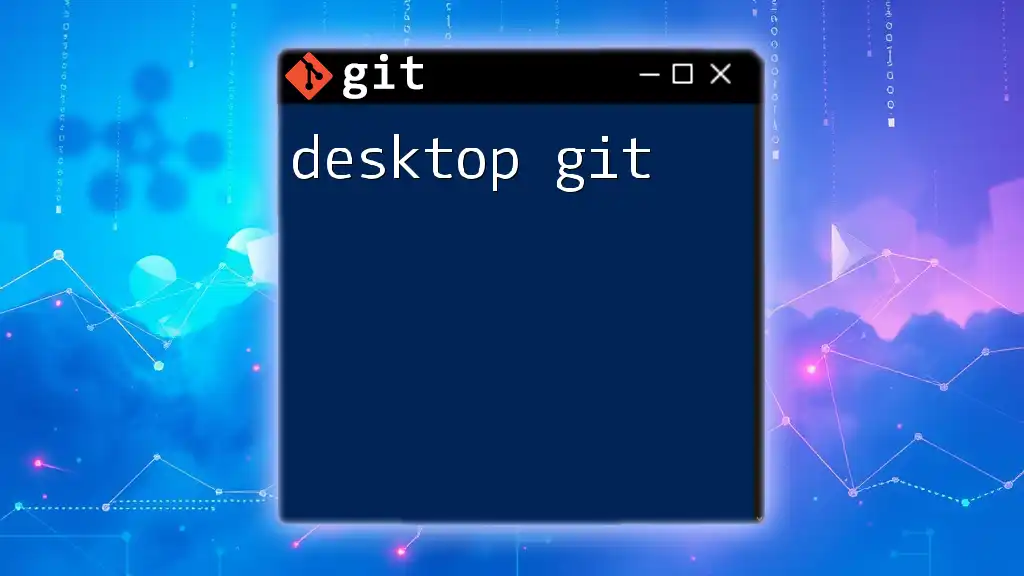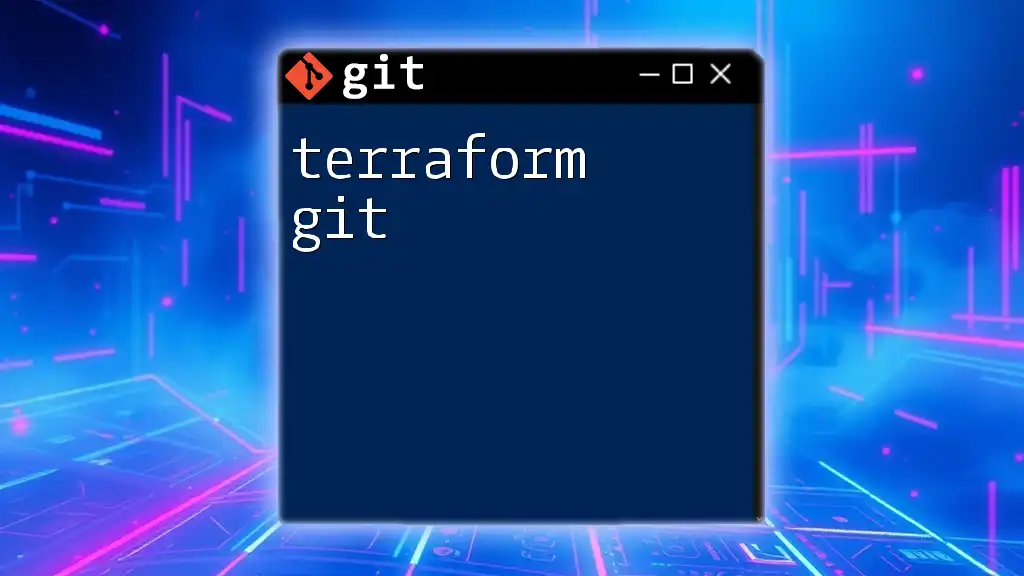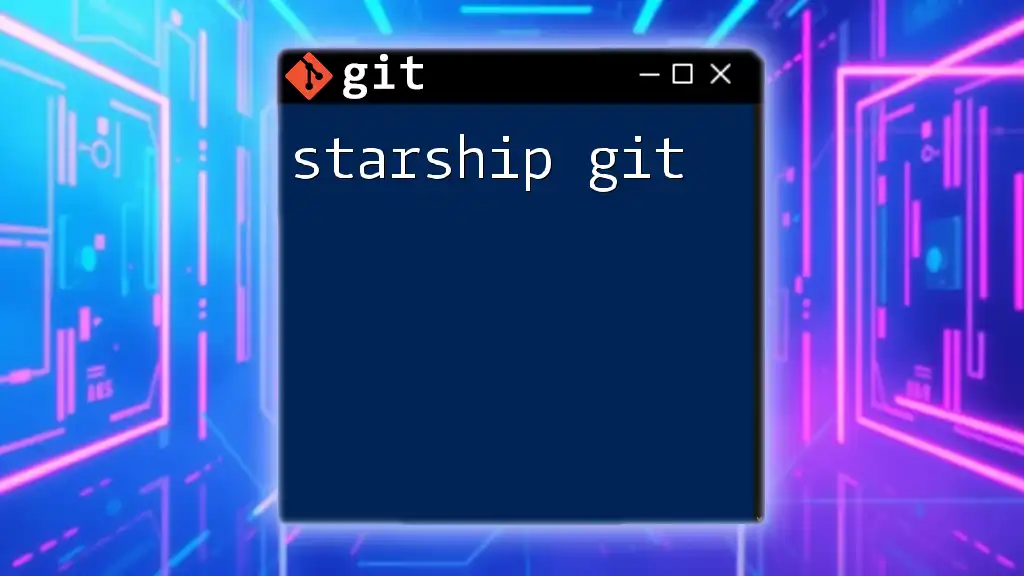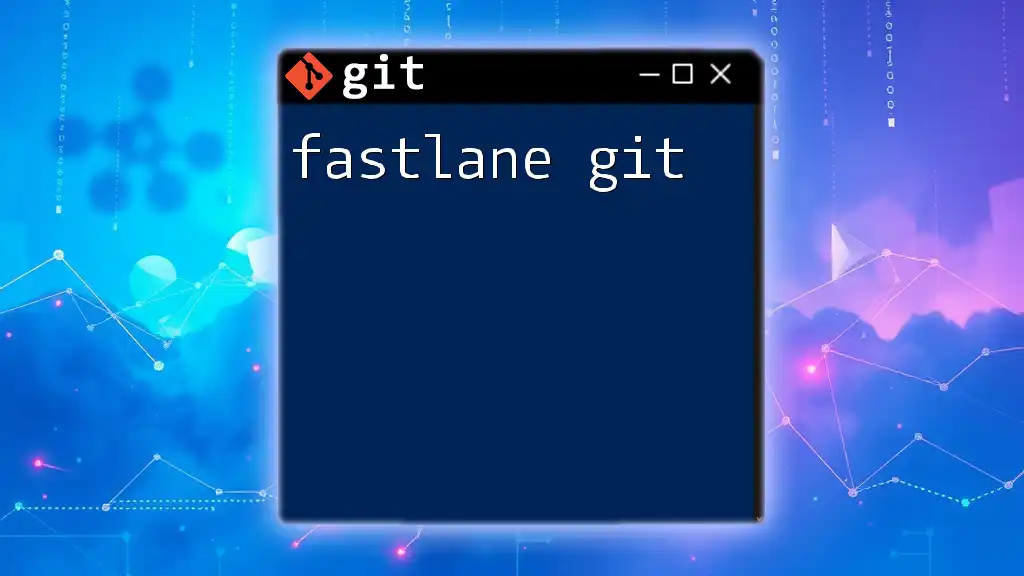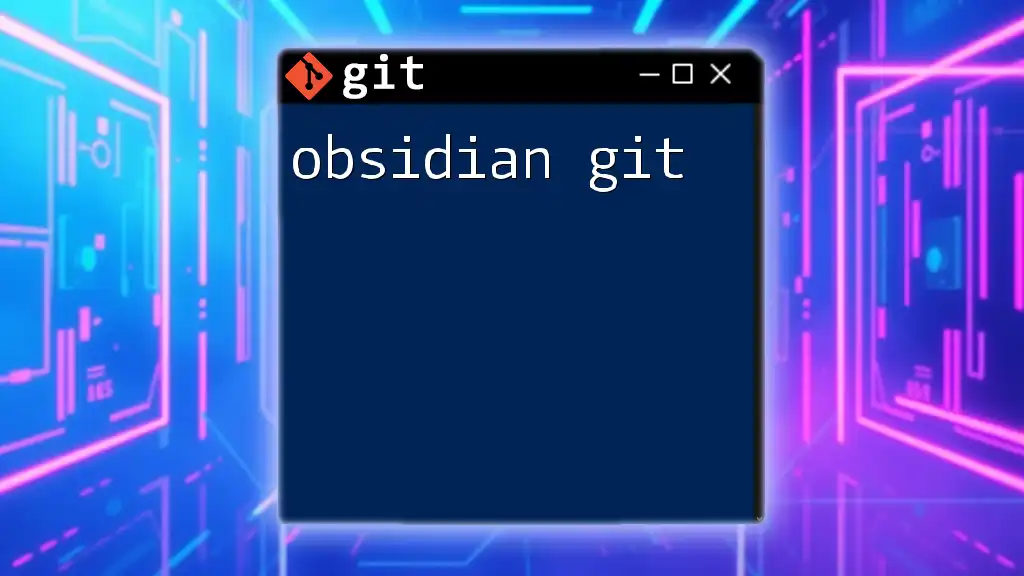"npm git" refers to using the npm package manager to install or manage packages that depend on Git repositories, enabling seamless integration of Git-based packages in your Node.js projects.
npm install git+https://github.com/user/repo.git
What is npm?
npm, or Node Package Manager, is a crucial tool for JavaScript development, particularly when working with Node.js. It helps developers manage and share code packages efficiently. With millions of packages available, npm simplifies the process of adding functionalities to applications without having to reinvent the wheel. Each npm package comes with a `package.json` file that contains metadata about the package, including its dependencies, scripts, and versioning information.
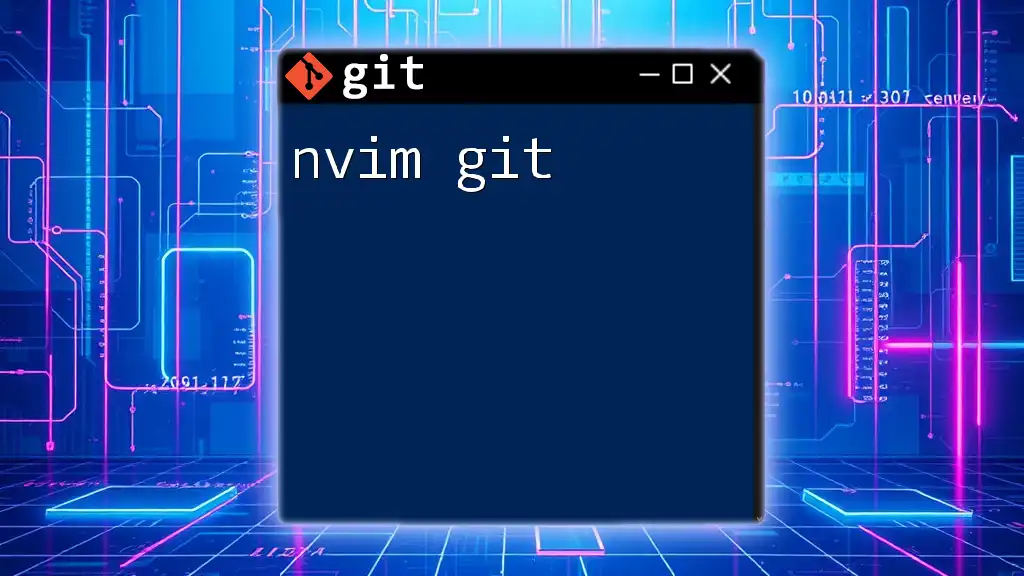
What is Git?
Git is a distributed version control system that allows multiple developers to work on projects simultaneously while keeping track of every change. It was created to handle projects of any size, making collaboration seamless and efficient. With features like branching and merging, Git enables developers to experiment with new features without affecting the main codebase. Understanding how to use Git is essential for any developer working in a team environment, as it promotes better workflow management and version history tracking.
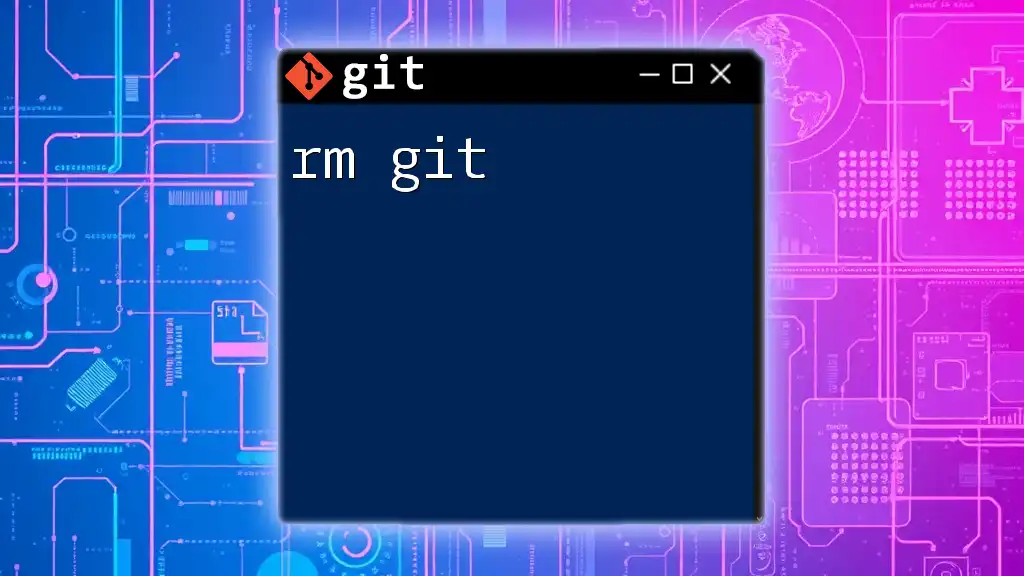
Understanding npm git
Definition of npm git
The term "npm git" refers to the integration of npm functionalities with Git repositories. This synergy allows developers to manage their dependencies via version control systems while easily pulling in code updates from shared repositories. With npm git, you can link Git repositories directly to your npm projects, making it possible to utilize code hosted in Git while enjoying the benefits of npm’s package management.
Why Use npm git?
Using npm in tandem with Git streamlines development processes. Here are some key benefits:
- Easier Collaboration: Teams can contribute to projects by directly adding packages from Git, enabling quick collaboration and feature deployment.
- Simplified Dependency Management: Developers can manage dependencies hosted on Git with minimal overhead. It allows you to use specific branches, tags, or commits.
- Version Control for Packages: You can maintain versioning of your packages more effectively, enabling rollbacks if necessary.
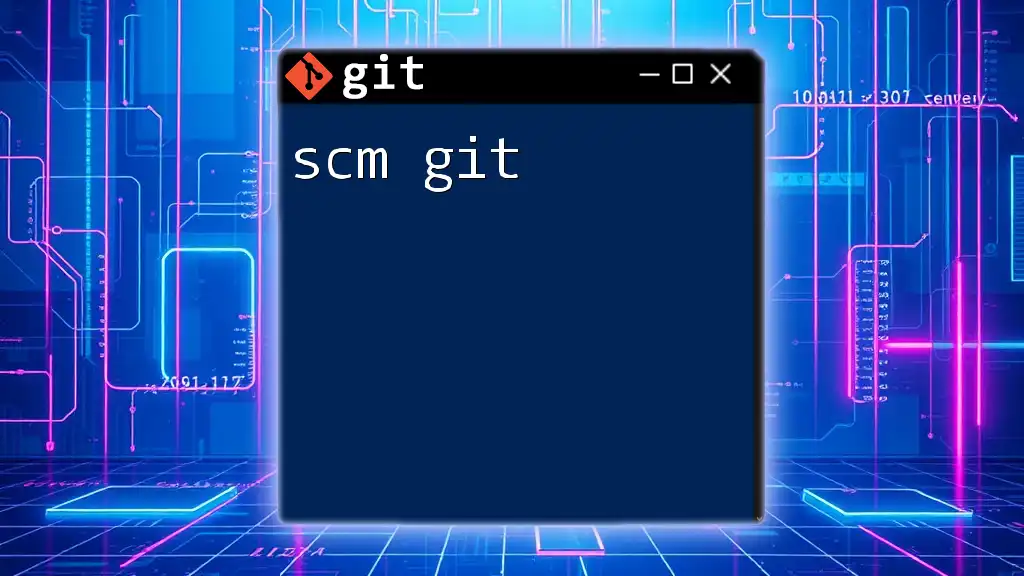
Setting Up Your Environment
Installing npm
To get started with npm, you need to have it installed alongside Node.js. Most Node.js installations include npm by default. You can verify installation with the following command:
npm -v # Check npm version
This command returns the version of npm installed, indicating that the installation was successful.
Installing Git
Git can be downloaded from the official Git website. Follow the instructions for your operating system. Check your installation by running:
git --version # Check Git version
This command confirms that Git is ready to use on your machine.
Creating a New Project
To create a new npm project, navigate to your desired directory in your terminal and initialize npm:
npm init -y
The `-y` flag initializes the project with default settings, creating a `package.json` file for your new project.
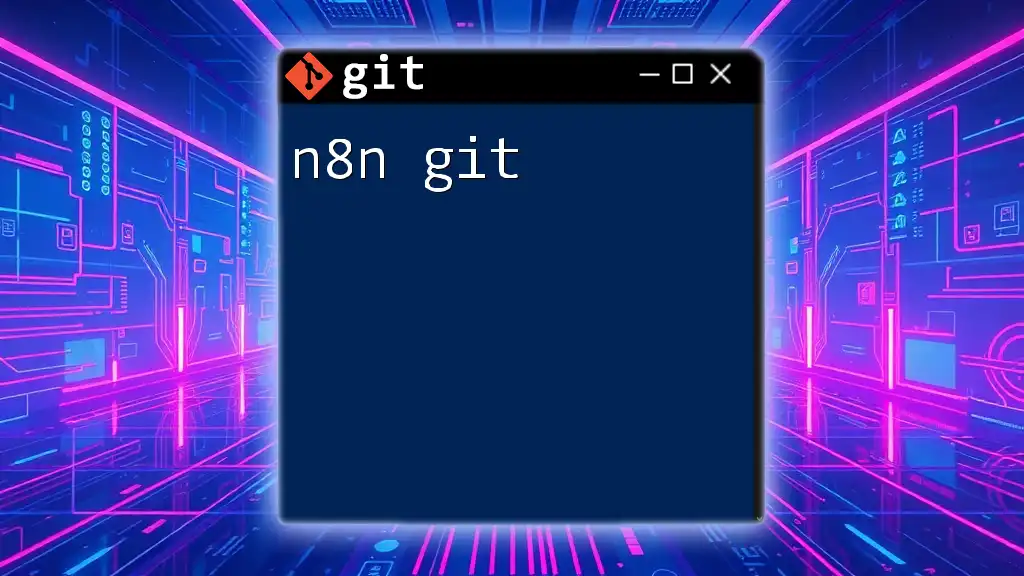
Managing Dependencies with npm git
Adding Git Repositories as Dependencies
To utilize a package from a Git repository, you can simply use npm to install it by specifying the Git URL:
npm install <git-url>
This command fetches the package from the specified repository and adds it to your project’s `node_modules`, updating the `package.json` accordingly. For example, to add a package from GitHub, use:
npm install git+https://github.com/user/repo.git
Updating Git Dependencies
When you need to update a Git dependency, you can do so easily by utilizing:
npm update <package-name>
This command checks for the latest version of the specified package and updates your project accordingly, ensuring you stay up to date with the latest features and fixes.
Removing Git Dependencies
If you decide that a dependency is no longer necessary, you can remove it with:
npm uninstall <package-name>
Removing outdated or unneeded dependencies helps keep your project lightweight and improves performance.
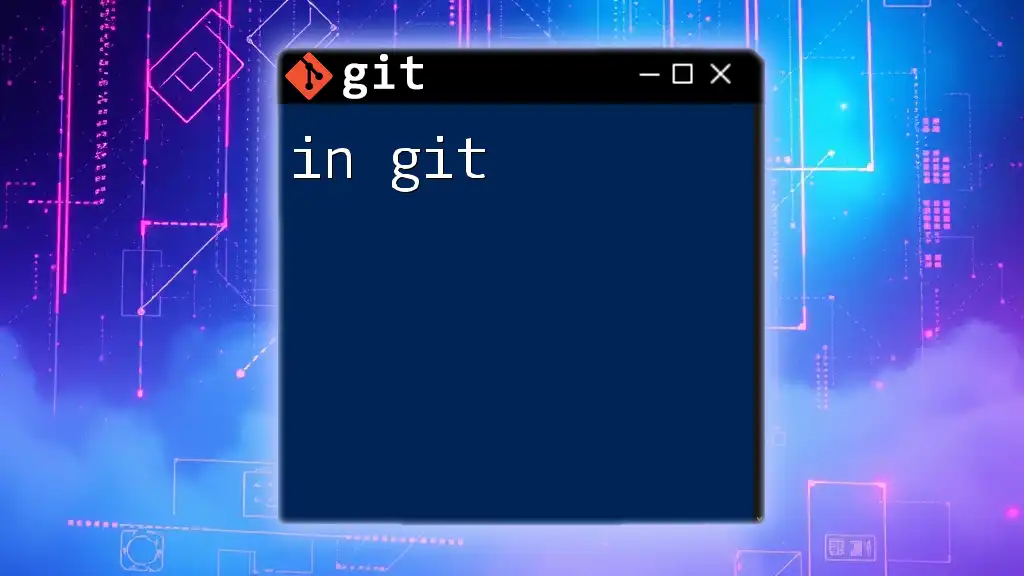
Best Practices for Using npm git
Semantic Versioning
Semantic versioning is a convention that helps communicate the changes in your package to users. When managing versions in your `package.json`, you can specify versions clearly to indicate stability or breaking changes. For instance, a version "1.2.3" signifies:
- 1 (Major): Breaking changes
- 2 (Minor): New features without breaking current features
- 3 (Patch): Bug fixes
Using .gitignore with npm
Using a `.gitignore` file is crucial for ensuring that certain files and directories are excluded from your Git versioning. For npm projects, it's common to add the `node_modules` directory, as it can be easily recreated via `npm install`. A typical `.gitignore` might look like this:
node_modules/
dist/
Documentation and README Files
Having comprehensive documentation is vital for any npm package. A well-written README clearly describes the purpose of the package, installation instructions, usage examples, and contribution guidelines. Include sections that direct users through the package’s capabilities and how they can integrate it into their projects.
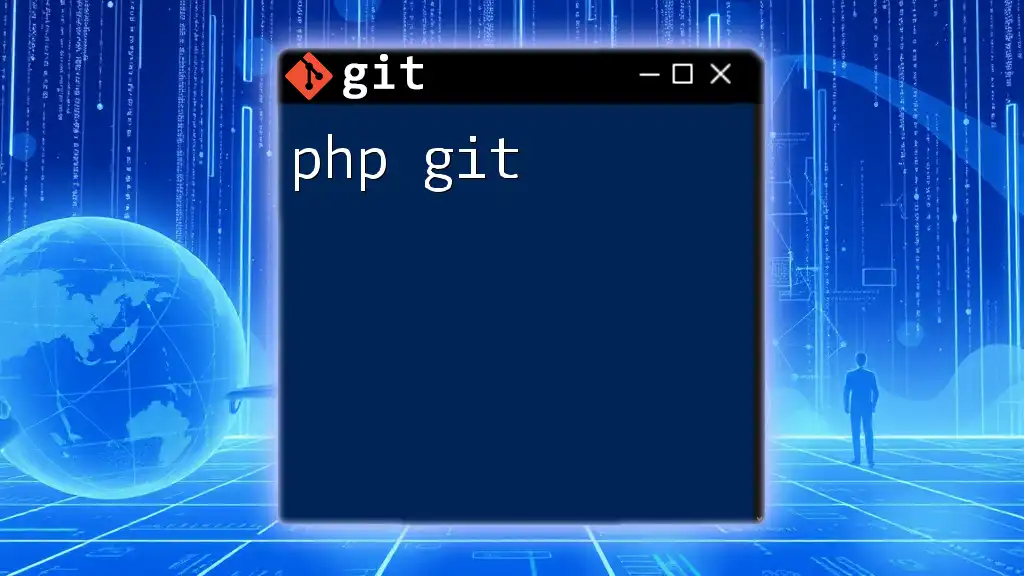
Common npm git Commands
Installing a Package from a Git Repository
To link a package hosted on a Git service, the command should encompass the specific Git URL. Ensure you include the repository's branch or tag if necessary:
npm install git+https://github.com/user/repo.git#branch
This will allow you to track developments in real-time, providing flexibility in adopting new features.
Cloning a Git Repository for Development
Before you start working on a package, you may want to clone a repository:
git clone <git-url>
Once cloned, you can navigate into the repository and link it as a dependency in your project, allowing you to test or modify the package locally.
Publishing Packages to npm from a Git Repository
If you're developing a package that you wish to publish, you’ll need to ensure your package is formatted correctly and your `package.json` file is complete. To publish the package, use:
npm publish
After publishing, your package will be available for others to install via npm, provided the repository is accessible.
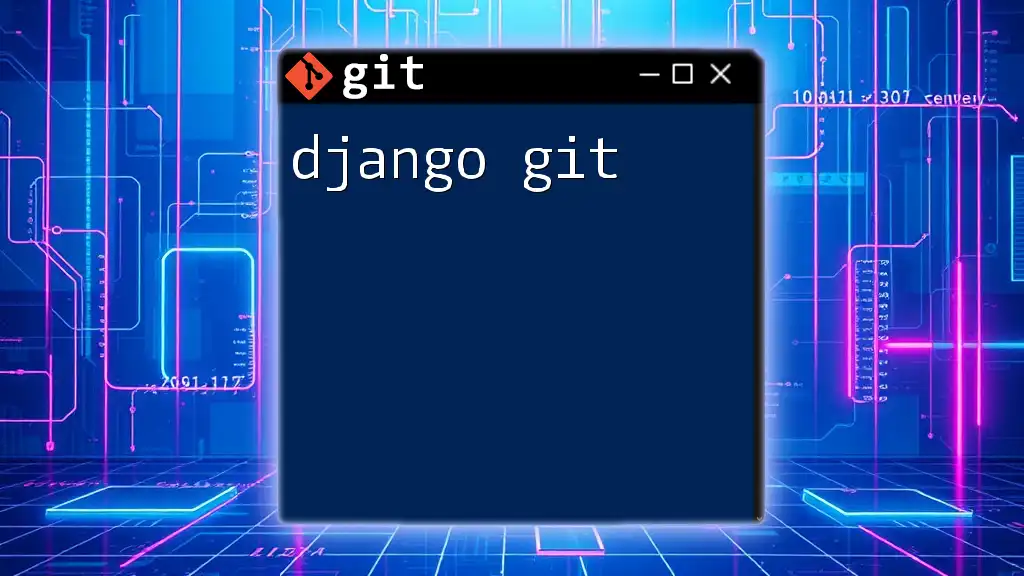
Troubleshooting Common Issues
Dependency Conflicts
During development, you may encounter dependency conflicts. These can often result from packages requiring different versions of the same dependency. Utilize the command `npm audit` to identify vulnerable dependencies and resolve conflicts efficiently.
Handling Network Issues
If network issues arise (like timeouts during installations), tweaking your npm configuration can improve performance. For example, you can set a longer timeout duration:
npm config set timeout 100000
Understanding Error Messages
When encountering errors, carefully read the error messages provided by npm or Git. Common messages usually give hints as to what has gone wrong, whether it’s an installation issue or a failed git operation. Refer to official documentation for clarification when needed.
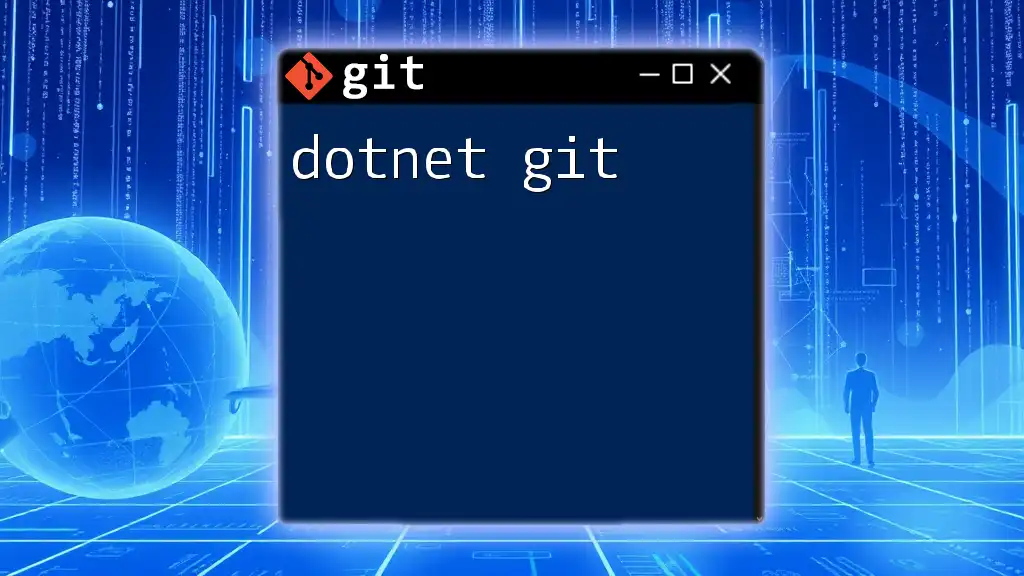
Conclusion
Leveraging the powerful combination of npm and Git can vastly improve your development workflow, enabling efficient project management and collaboration. By understanding how npm git operates and applying best practices, you'll enhance not only your productivity but also the quality of your code.
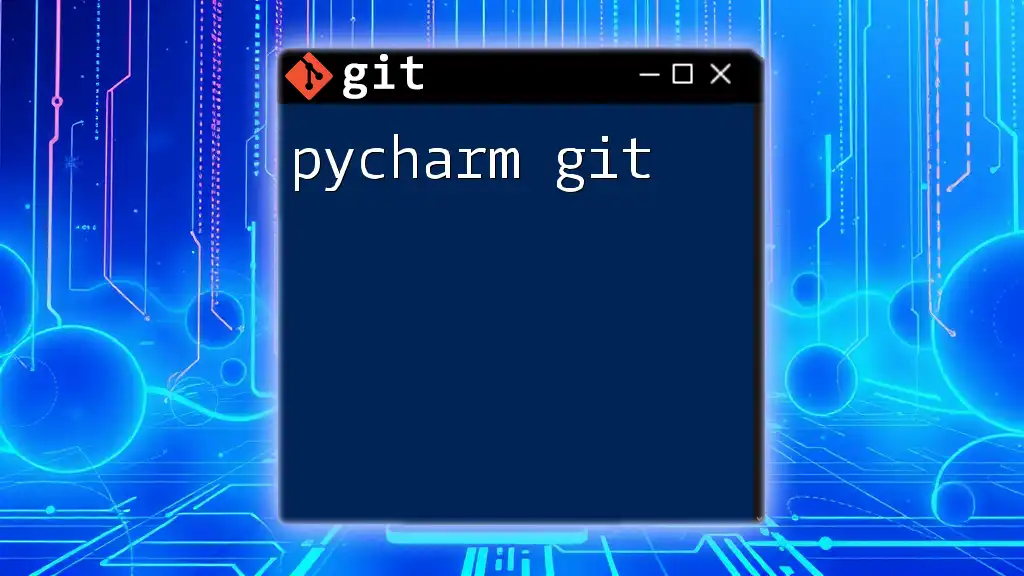
Resources for Further Learning
Recommended Blogs and Documentation
For in-depth information, the official documentation for [npm](https://docs.npmjs.com/) and [Git](https://git-scm.com/doc) is indispensable. These resources provide comprehensive guides and up-to-date changes, helping you stay informed.
Communities to Join
Joining communities such as Stack Overflow or GitHub discussions can extend your learning and connect you with experienced developers. Engaging in forums enables you to ask questions, share knowledge, and build relationships within the coding community.

